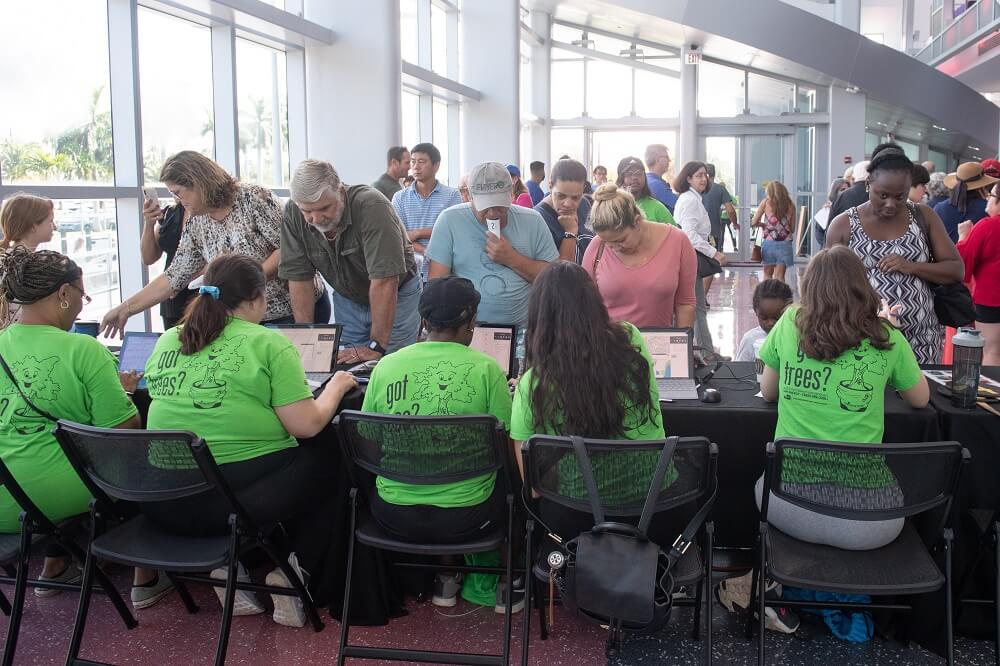7.3: Educate public about urban heat islands, necessary greening improvements, and career opportunities in this new sector
Issue Statement and Context
In Miami-Dade, while many residents appreciate the beauty of trees in nature, there can be considerable resistance to efforts to increase the urban tree canopy, especially when the possibility exists that planting more trees in a neighborhood could come at the expense of something else that people value, like space for parking.
It is clear that residents need to be engaged around the important health and environmental benefits of increasing and maintaining a healthy urban tree canopy, especially in mitigating extreme heat. The number of extremely hot days is projected to continue increasing and so are the serious public health hazards from extreme heat, including dehydration, fatigue, and even death. Certain communities are more vulnerable to these impacts due to what’s called an "urban heat island" – concrete holds on to more heat, so neighborhoods with more concrete (and less grass, trees, and vegetation) will be hotter and more dangerous for residents. Some residents may not be aware of and fully appreciate the value of our natural green infrastructure, including our trees, as an important source of good jobs.

Detailed Action Summary
Develop a community education campaign for residents to understand the role of increasing the urban tree canopy in mitigating extreme heat issues, protecting health, promoting environmental resilience, and as a source of good green jobs.
- Educate residents on the details of how historical redlining created the conditions for heat islands to exist; draw the connections between the tree canopy, social equity, and environmental justice. Focus on how Miami-Dade's distribution of green space and trees came to be and why the County is making up for disinvestment in certain areas (i.e., what the County is doing to rectify the inequities in tree canopy).
- Work to overcome resistance from communities focused on the costs of urban greening (e.g., loss of parking space) by promoting the benefits (e.g., health, energy bill savings, etc.).
- Raise community awareness of the value of parks in an urban environment to combat climate change while providing multiple health benefits to people, the environment, and the economy.
- Use creative tactics like community walks with residents to identify greening opportunities as part of an overall education campaign.
- Partner with Miami-Dade County Public Schools to involve youth in urban greening efforts. Expand K-12 environmental education and field study trips in County parks and parks facilities for the community’s youth (including Zoo Miami, Deering Estate, Fruit and Spice Park, and Biscayne Nature Center, among others). This programming will teach students about ecological services using technology tools such as GIS and computer modeling, and will strengthen interest in the environment and STEM-related career pathways at an early age.
- Partner with workforce development organizations to strengthen coordination of the "talent pipeline" for urban greening jobs within the County and with municipal and private sector partners. Work to jointly promote those job opportunities through workforce partners and Community-Based Organizations.
